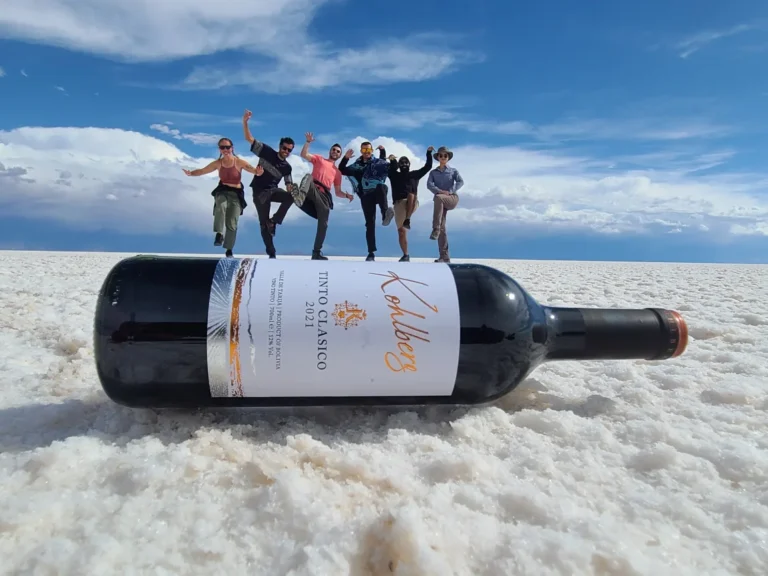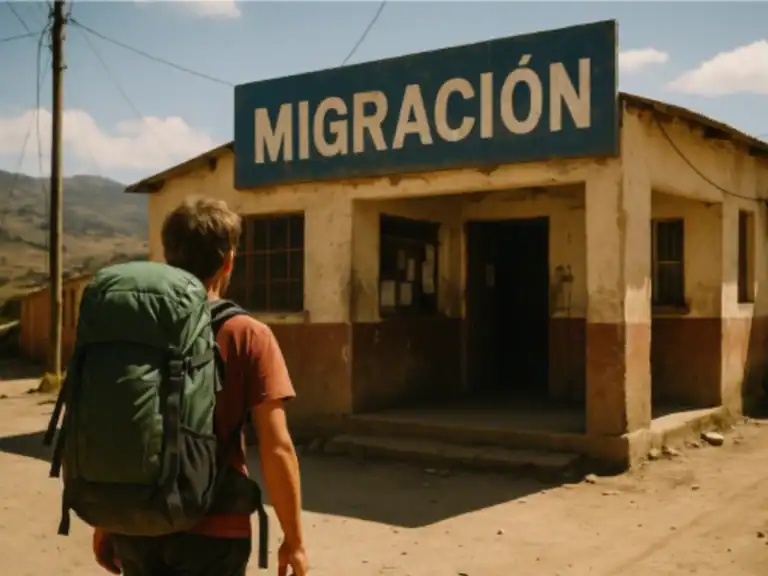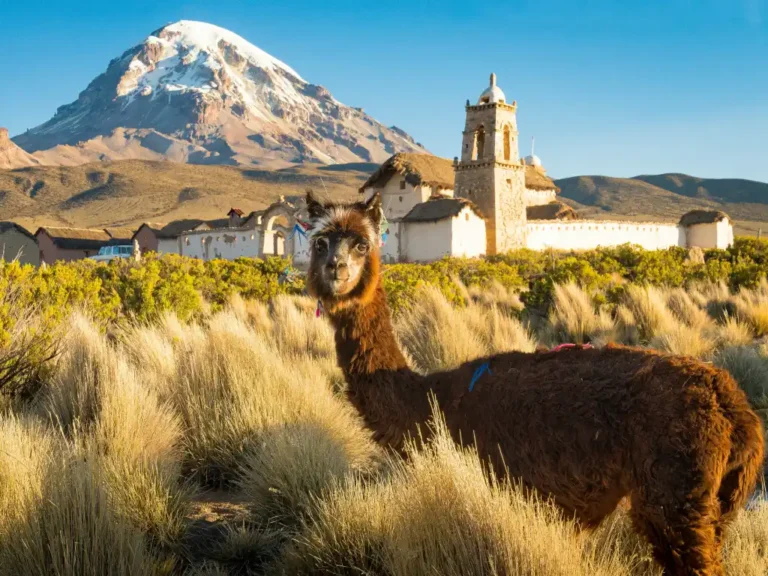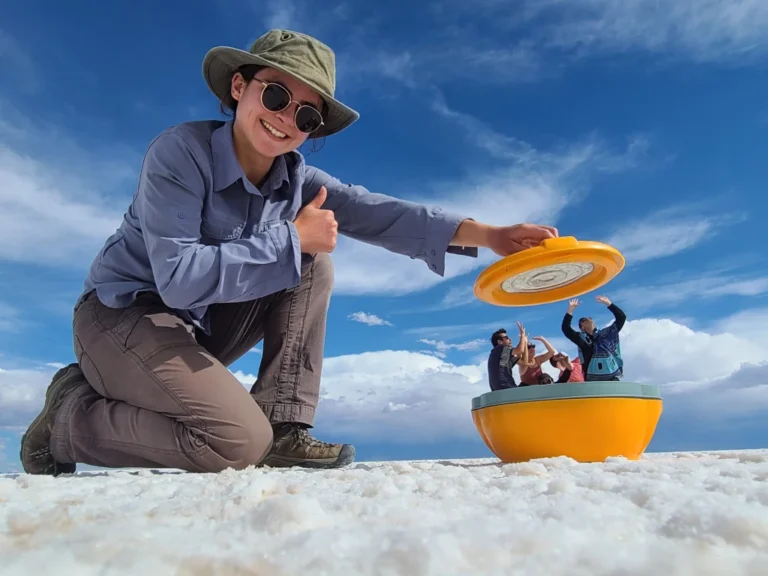Is Bolivia a Poor Country? A Realistic Look at the Economy in 2025
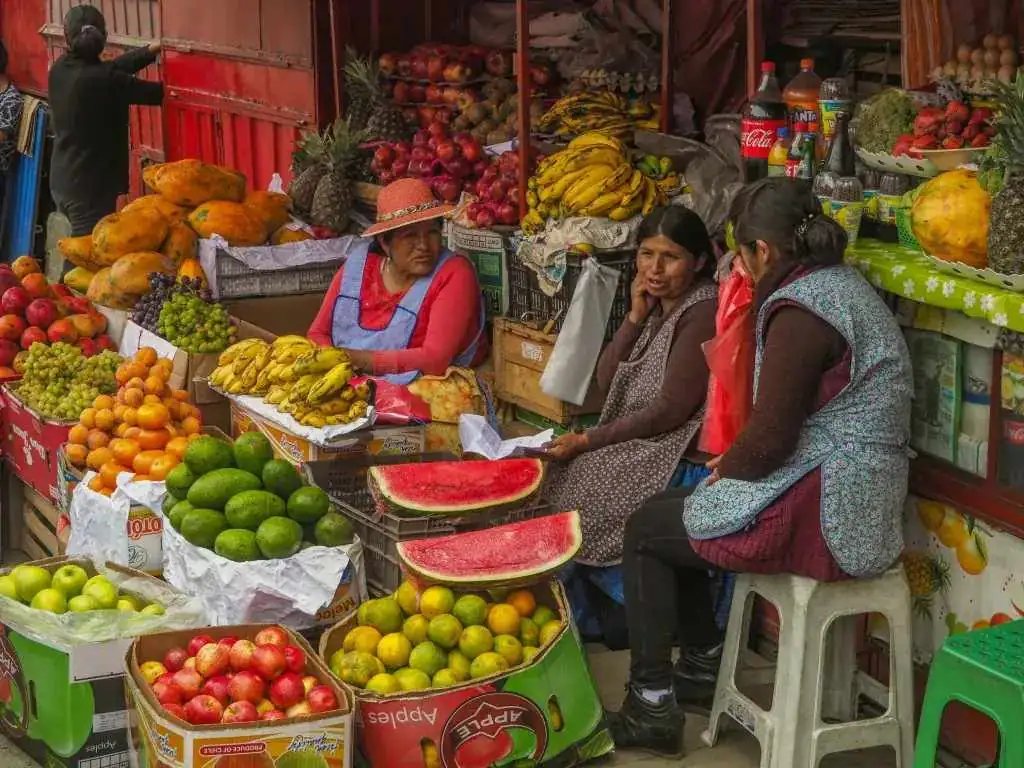
Right, let’s talk Bolivia. Landlocked in South America, bordered by the likes of Brazil & Peru, Bolivia tends to get overshadowed by its more flashy neighbours. And while it might not make headlines, Bolivia is actually the sixth largest country in South America – it just doesn’t shout about it.
Machu Picchu gets the crowds, Rio gets the carnival, & Bolivia… well, it often gets the poverty label slapped on it. But is Bolivia actually a poor country?
Short answer: it depends how you’re measuring.
By the Numbers
According to the World Bank, as of 2023, Bolivia’s GDP per capita sits around $3,650 USD, placing it below the regional average (bear in mind that latest inflation data suggests this number will feel smaller as prices rise) (World Bank data).
In plain English? Your pound or dollar stretches quite far there.
Where Does Bolivia Rank for Poverty?
Bolivia’s national poverty rate is roughly 30% (2023), down from 35% five years ago but still significant. It’s not the poorest in South America – Venezuela and a few others rank worse – but rural communities bear the brunt of economic hardship.
But money alone doesn’t paint the full picture. Here’s an easy to digest chart I threw together of some of the recent stats compared to other South American countries.
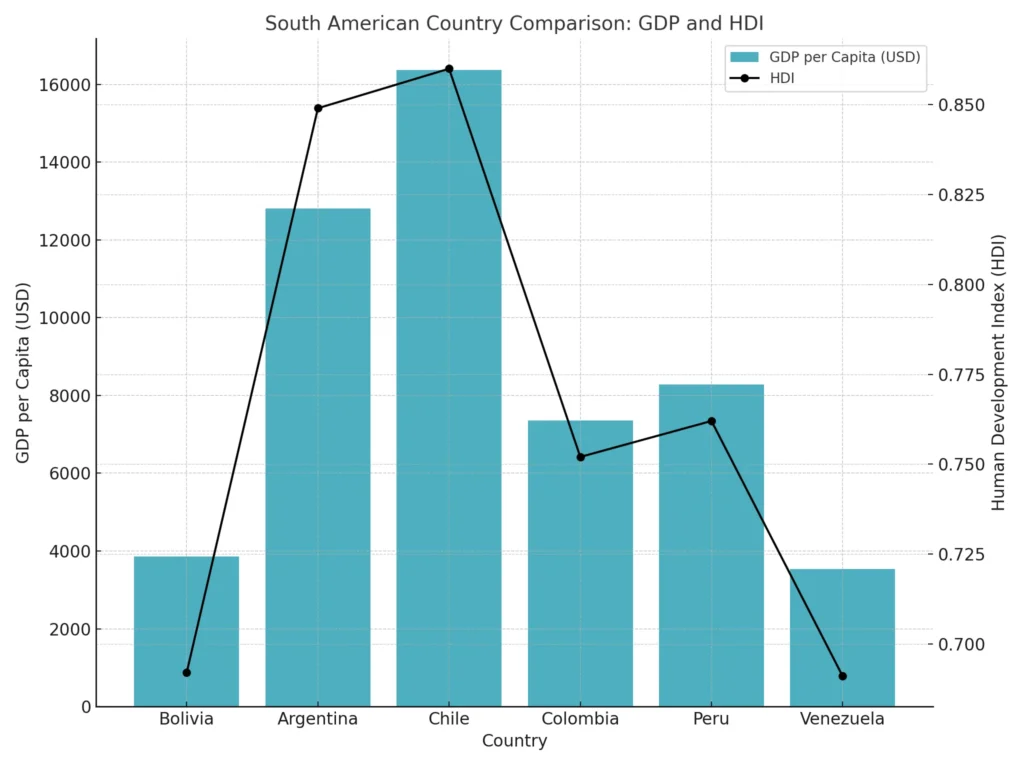
2025 Inflation Snapshot
Bolivia’s facing its highest inflation in nearly 20 years. As of April 2025, consumer prices surged by 15.01% year‑on‑year, driven by fuel shortages & a weak boliviano. This jump has made everyday items – from cooking oil to bus fares – significantly pricier.
Source: Reuters, April 2025
What Does “Poor” Actually Mean?
See, economic stats are useful, but they don’t tell you much about everyday life unless you dig deeper. Bolivia has a high percentage of people working in informal jobs – farmers, street vendors, craftsmen – who might not show up in official economic reports.
So, what is Bolivia’s economy based on? The backbone of Bolivia’s economy is natural resources- notably natural gas exports, silver, zinc & agriculture. Much of this is concentrated in the high plains of the Altiplano, where Bolivia’s geology does the heavy lifting.
Bolivia has also got a history of political turbulence, corruption scandals & uneven wealth distribution. The wealth gap between the cities & the countryside is massive. This is something I saw as soon as I ventured out of places like La Paz & Santa Cruz, and especially on those long inter-city coach rides we all love so much.
You’ll find parts of La Paz with boutique coffee shops & designer labels, then drive a few hours & hit rural villages where modern plumbing’s a luxury.
Bolivia’s Economic Challenges in 2025
The surge in inflation is reshaping life on the ground. Families in La Paz report cutting meals from three to two a day, while fuel lines stretch for blocks outside city stations. The government has maintained subsidies to cushion the blow, but economists warn this lifeline may not last if oil prices stay high.
With inflation biting into everyday costs, it’s worth reading up on what travellers actually need to enter Bolivia right now – visas, cash on hand & what’s realistically going to cost you on the ground.
If you’re curious about Bolivia’s quirky politics, check out why Bolivia has two capitals? – spoiler: it’s both confusing & very Bolivian. And if interested about how Bolivian’s communicate, check out what languages are spoken in Bolivia. Spanish may feature just a teeny bit – but it’s not the only language you’ll hear!
Poverty vs. Rich Culture
Here’s where it gets interesting. Bolivia might not be rich in cash, but it’s loaded with cultural wealth. This place has more Indigenous people per capita than any other country in the Americas, with Aymara & Quechua traditions deeply woven into daily life.
Markets are a sensory overload – women in bowler hats selling everything from fresh papaya to llama foetuses (yeah, that’s a thing). Then there’s Salar de Uyuni, the largest salt flat in the world. It looks like another planet when it rains. All this, & barely a tourist in sight compared to places like Cusco.
If you’re planning your itinerary, don’t miss my Guide to Exploring Bolivia – packed with gems from Lake Titicaca to the Amazon.
Is Bolivia a Poor Country?
If you’re looking strictly at economic indicators, yes – Bolivia is considered a poor country. It has low GDP, high poverty rates & many people living without access to things like healthcare, education or decent infrastructure.
Some still ask “Is Bolivia a third world country?” – bit of an outdated term really, but it’s still thrown around. By modern standards, it falls under “developing,” especially when judged by income & infrastructure.
However if you measure by community spirit, cultural richness & natural beauty… you might argue it’s richer than most.
Travelling in Bolivia: Cheap & Eye-Opening
Budget travel: You can get a solid meal for under £2 & a hostel bed for a fiver. Fancy a private room? Still won’t break the bank.
Transport: Local buses (called micros) are dirt cheap, though not always the comfiest.
People: Locals are often shy at first but incredibly kind once you crack a smile.
It’s not polished, & that’s the charm. You’re not going to find chain cafes on every corner, or even be able to drink the tap water. What you will find is altitude, alpacas & some of the most breathtaking views you’ve ever seen.
Speaking of thrills – if you’re feeling brave, the world’s most dangerous bike tour (yep, Bolivia’s Death Road) will get your heart racing in the best way.
And foodies, fear not – my list on traditional Bolivian dishes has all the saucy, spicy details your stomach’s hoping for.
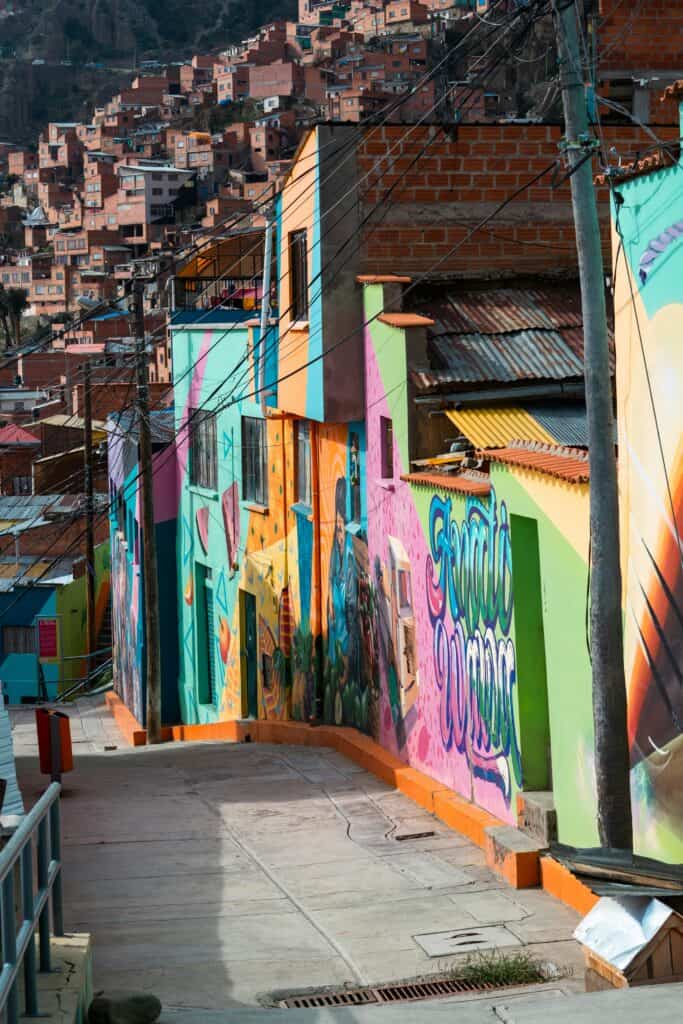
Quick answers for the most common questions I receive:
A: While “third world” is an outdated term, Bolivia is often classified as a developing country due to its lower income levels, infrastructure gaps & reliance on primary industries.
A: Bolivia’s economy is largely built on natural resources – especially gas, silver, zinc & agriculture. Exports play a major role, making the economy quite sensitive to global prices.
A: As of 2023, Bolivia’s national poverty rate sits around 30%, with much higher numbers in rural areas than in cities.
Final Thoughts
So yeah – Bolivia might be economically poor on paper, but there’s way more to it than stats (even with my tasty chart factored in). It’s raw, real & ridiculously underrated. If you’re up for a trip that’ll shake up your worldview & give you stories for life, Bolivia delivers.
If you’re planning a visit and unsure about timings. Here’s also what I learned firsthand about the best time of year to visit Bolivia.
Don’t be shy to drop a comment below or reach out through the site or Insta! Happy Travels!

